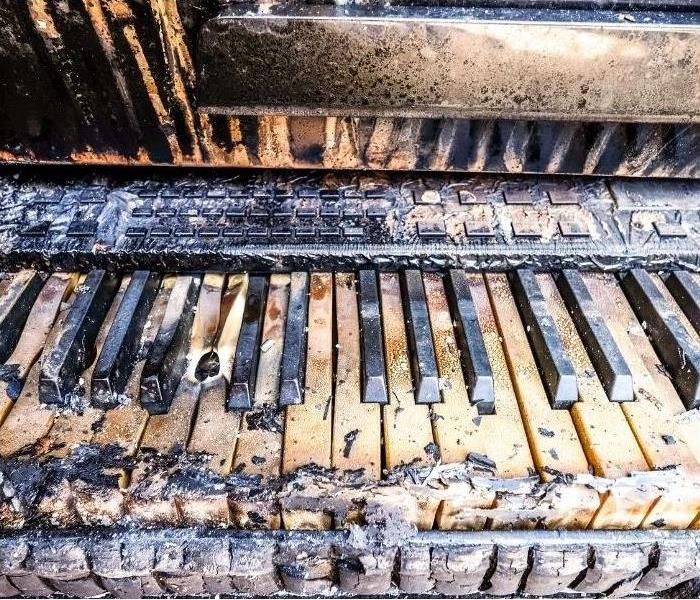Understanding Fire Remediation Cleaning Processes After a Fire in Your Home
12/14/2021 (Permalink)
Whenever a fire burns inside a home, there are several different types of damage that possibly happen; each requiring a unique approach to clean and restore. Smoke coming from the fire can leave behind soils, soot residues, and foul smells. Understanding what cleaning techniques are used during fire remediation can make the process less stressful.
How SERVPRO addresses fire damage
While some items may get removed and replaced after a home fire if they’re not salvageable, SERVPRO's fire damage technicians attempt to restore and clean materials and contents whenever possible. If we use the right chemicals, we can clean and restore items that receive damage from smoke. When addressing soot left behind from a fire, we often use multiple methods to remediate the damage. Soot coming from burning different fuels has different compositions; some soot residues are hard to remove whereas some are easily wiped off. Some surfaces soot does not adhere well and can be easily cleaned. Other material surfaces with certain types of soot and cleaning are nearly impossible. Having fire remediation training allows our technicians to know how to address fire damage with the best approaches possible.
Three methods of cleaning soot
When cleaning soot off different types of walls, there are three primary methods. The three main cleaning methods for removing smoke damage are dry cleaning, wet cleaning, and peroxide-based cleaning. For non-grease-based soils, dry sponges seem to work well in most instances. The sponge is designed to attract soot residues so that they stick to the sponge instead of the walls, removing the soot more easily. In some scenarios, wet cleaning methods work better. For wet cleaning, SERVPRO uses soapy water and rags to scrub the walls and ceilings of homes. Wet cleaning works best when cleaning painted, wood or metal surfaces. This method works with heavy dry ash or soot residue and light to heavy oil-based residues. When cleaning specific materials, peroxide-active cleaning methods get utilized, based on the discretion of the fire remediation specialist. Peroxide cleaning works when removing soot from acoustical ceiling tiles.
Working with a remediation specialist provides better results
Fire remediation cleaning processes vary based on the situation, the kind of materials being dealt with, and the extent of the damage. Working with a fire remediation specialist provides professional guidance to get the job done. For professional assistance removing soot, call SERVPRO of East Phoenix at (602) 507-6163 24/7. We’re here to help you recover when you experience a fire in your home.






 24/7 Emergency Service
24/7 Emergency Service